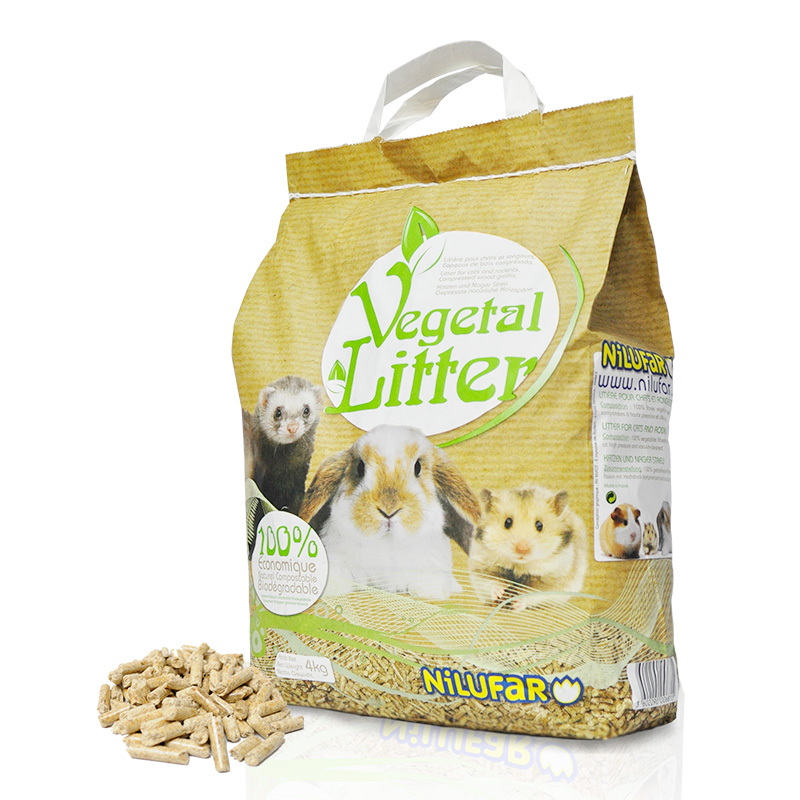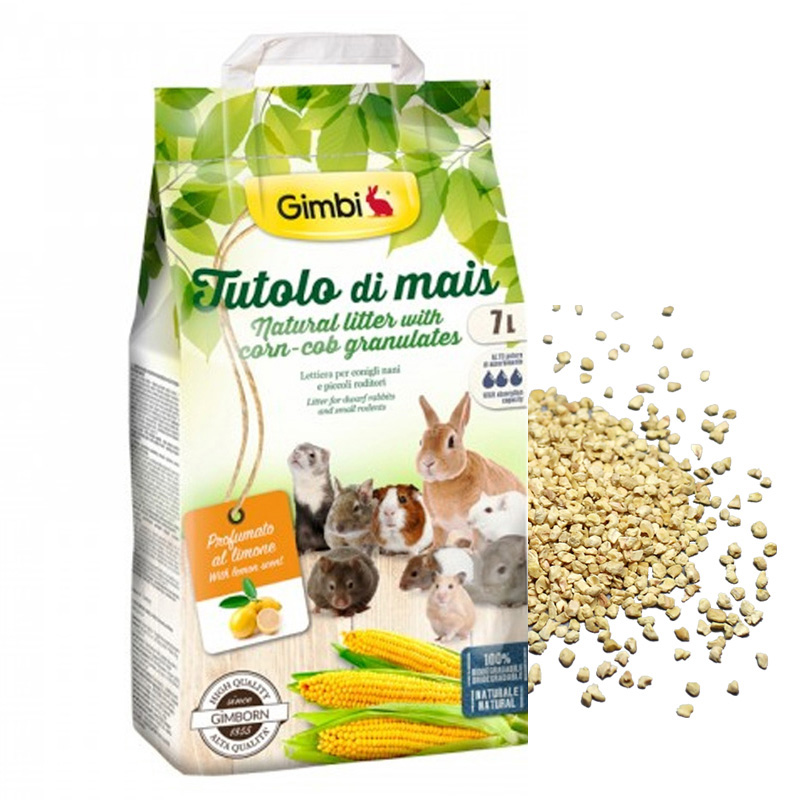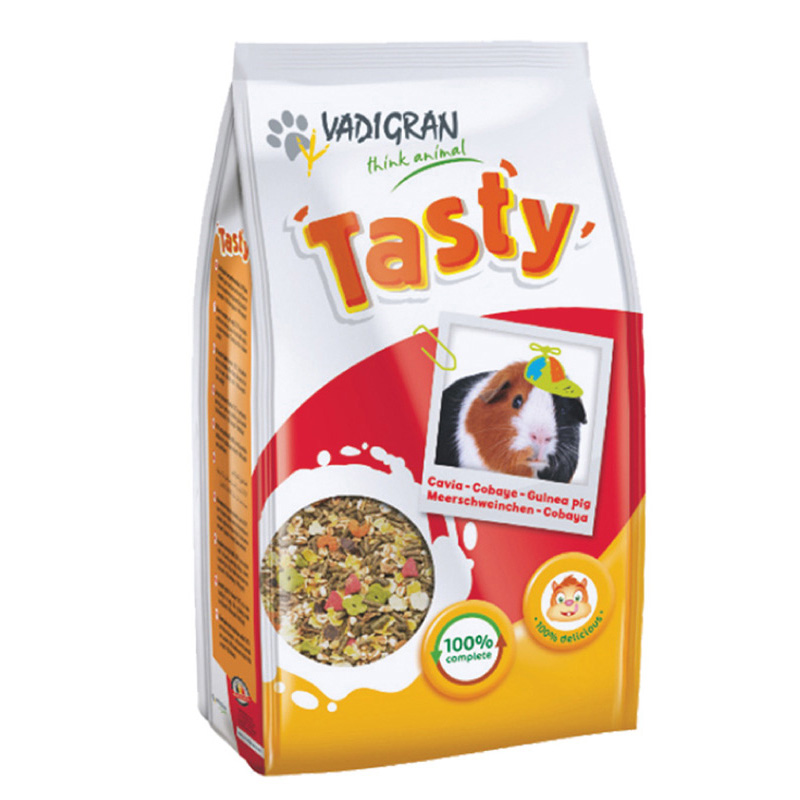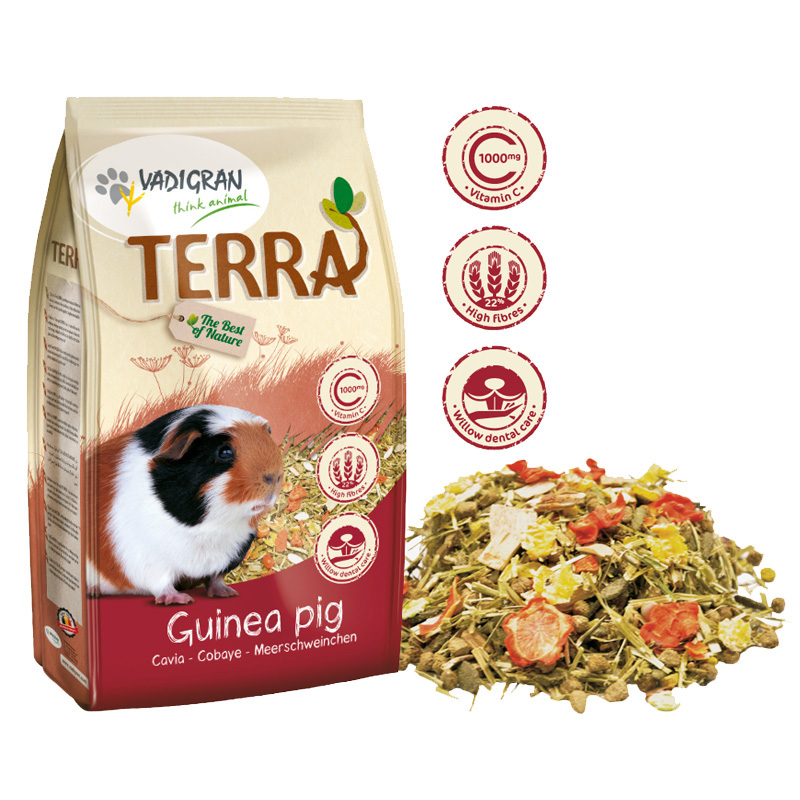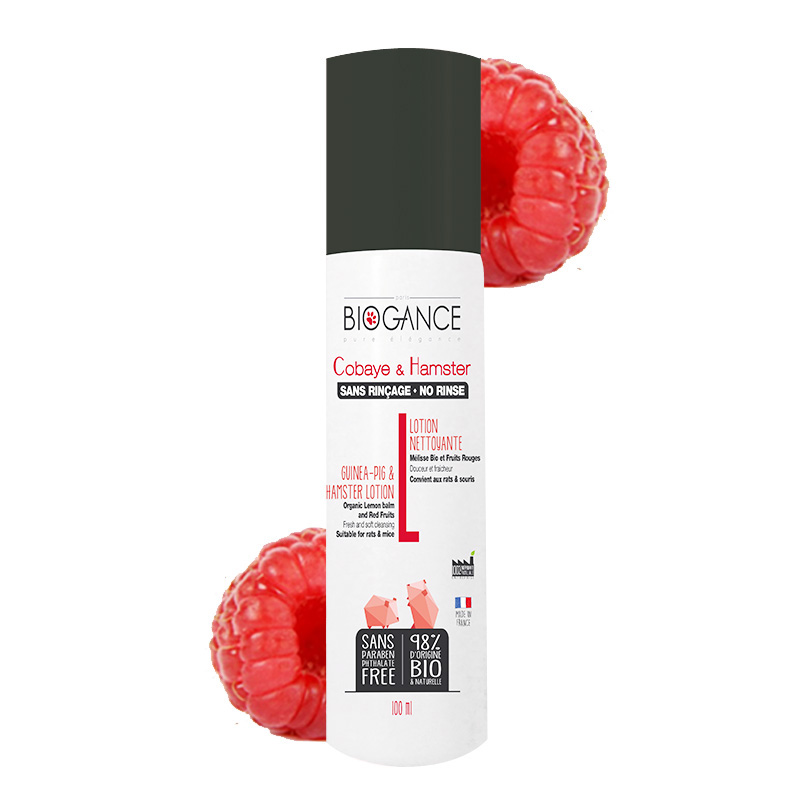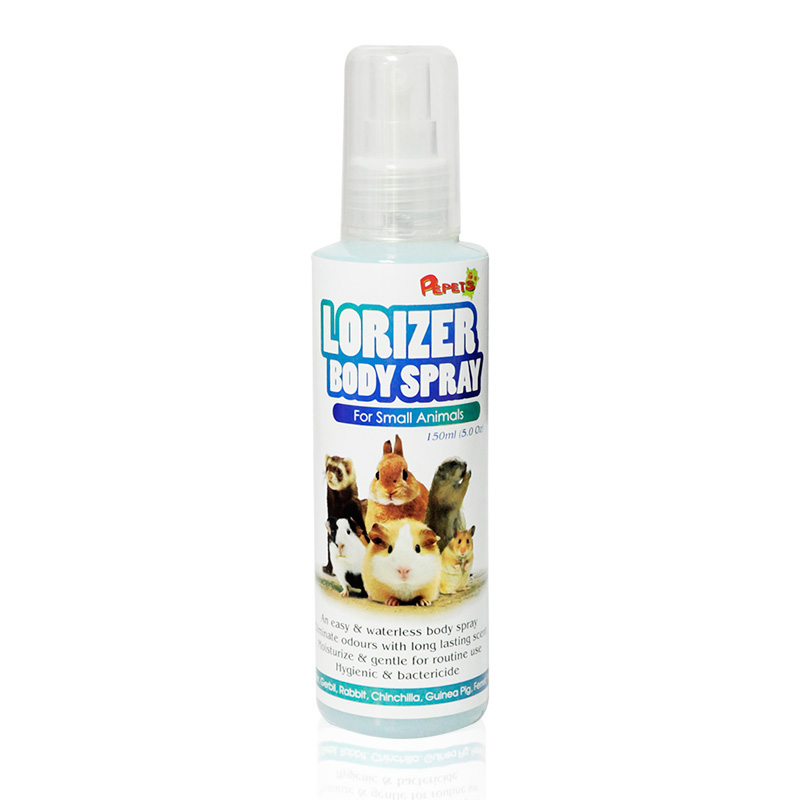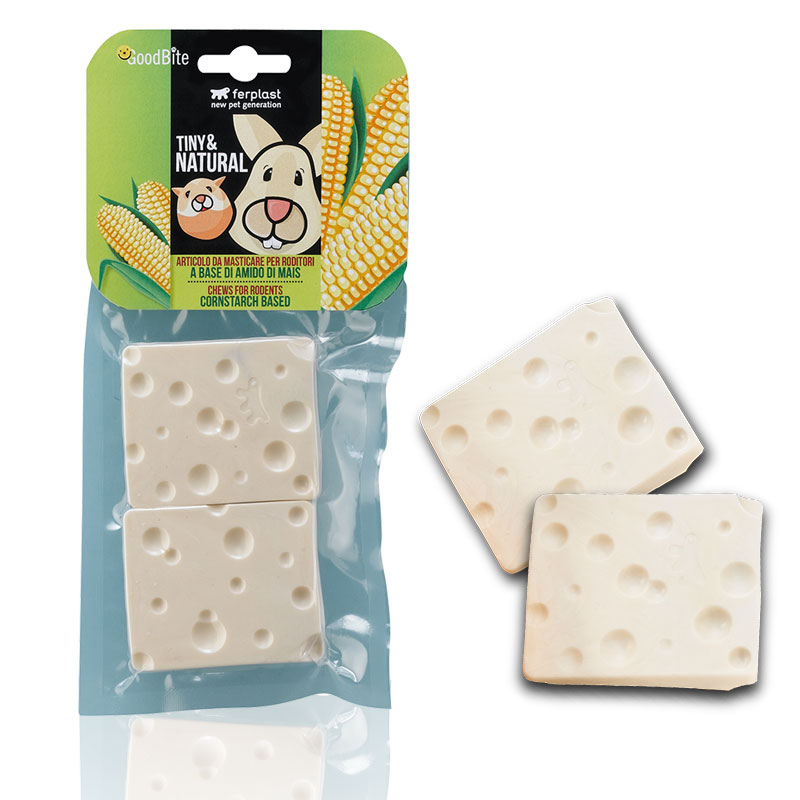Beginner Care Guide of Guinea Pig
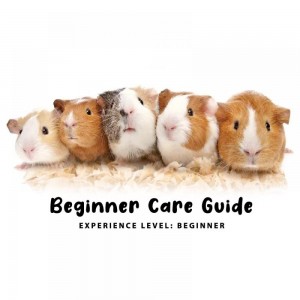
Common Name: Guinea Pig
Scientific Name: Cavia porcellus
Average Size: 8-12 inches
Origin: South America
Life Span: 7-9 years with proper care
Variety: Abyssinian, Silkie Coronet,Teddy and etc
Introduction:
The head of the guinea pig is broad and the body is compact with no tail. They are particularly agile and can only perform limited climbing. They are categorised as long-haired, short- haired, abyssinian, hairless and etc. Females are called sows,males are called boars while baby pigs are called pups. They performs little hops in the air (an action know as popcorning) when they get excited. They live happier and healthier if keep in pairs and trios
TRAITS & BEHAVIOR
Gentle:
Guinea pigs are gentle, sociable and enjoy the companionship with other guinea pigs. It is advisable to keep the same sex pairing to avoid breeding.
Crepuscular:
They are crepuscular which means they tend to be most active during the dawn and dusk. Guinea pigs take only small naps during the day and night.
Sociable:
They are social companion animal that need attention and interaction daily. They communicate by making different sound with different meaning.
ENVIRONMENT
Housing:
Guinea pigs must be housed indoors only. Provide a larger living area for the health and well-being of guinea pigs. A well ventilated cage with 61cm (L) x 38cm (W) x 38cm (H) in size is recommended.
Cage Placement:
Choose a place away from direct sunlight, draughty and low humidity.
Bedding:
The floor of housing should be covered with a layer of bedding materials such as Nilufar Vegetal Litter, Gimborn Corn Cob Litter, untreated paper product, aspen or other hardwood shavings. Weekly changes the bedding or once it is soiled.
Hiding place:
Guinea pigs are timid. Provide them hiding places like nest box or hutch to hide and rest.
Accessories:
Toys suitable include a large tubes or loops, paper rolls, balls and etc by keeping them to stay stimulated. Other accessories needed are hays racks, drinker, ceramic bowl and wooden chew block for gnawing.
NUTRITION
Staple diet:
Guinea pigs are herbivorous. Provide good quality fortified diet like Vadigran Tasty Guinea Pigs or Vadigran Terra Guinea Pigs to meet their daily nutritional needs.
Hays:
Hays are vital for guinea pigs to promote healthy digestive system. Ample supply of Pepets Timothy Hays is strongly recommended. Pepets Alfalfa Hays is better option for pregnant mother and growing babies.

Vitamin C:
Unlike other small animals Guinea pigs cannot manufacture their own vitamin C from daily supplement.
Fruits and Vegetable:
Slice of guava, kiwi, orange, other citrus, fruits and fresh vegetables such as romaine lettuce, dandelion, carrot, kale and parsely are ideal for them.
Treats:
Treats can be offered occasionally to enhance their appetite as well as to prevent boredom and stress.
Water:
Make sure fresh water is available all the times.
HEALTH
Sign of healthy:
- Clean and bright eyes
- Silky coat with supple skin
- Active and stay alert
- Well formed dropping
- Eat and drink normally
- Communicate by squeaking
Sign of illness:
- Weight loss
- Loss of appetite
- Overgrown front teeth
- Lethargic behavior
- Dull coat or bare patches
- Diarrhoea
IMPORTANCE
1. Guinea pigs must obtain Vitamin C from daily basic diet or supplementary food.
2. Clean their housing and change the bedding weekly or once it is soiled.
3. Spray pet’s coats with Biogance Dry Clean Lotion for Hamster & Guinea Pigs, Pepets Lorizer or Waterless Skin Care Shampoo as needed for healthy skin and coat.
4. Discard any uneaten fruits & vegetables after 4 hours.
5. Gnawing safe toys such as Goodbite Tiny & Natural for Rodents are a must to keep their front teeth trimmed.
6. For handling, put one hand under their shoulder and around the neck by thumb and other hand to support their back end.

